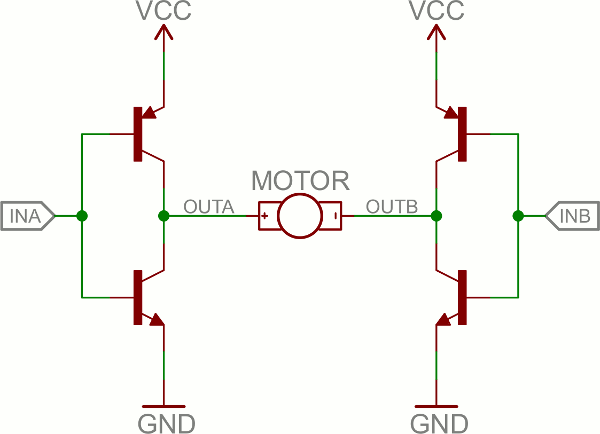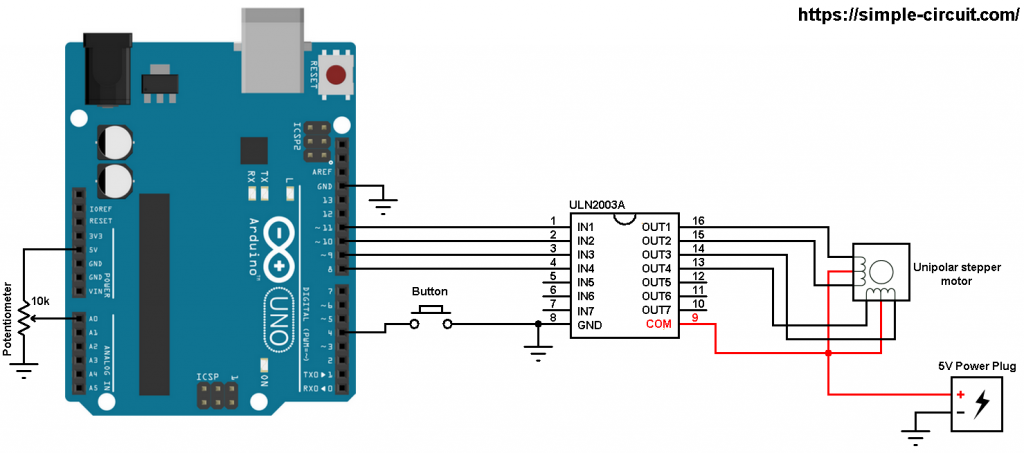Output devices¶
This is a copy of the Guillem’s and Victor’s class notes. You can find the latest version here
Output devices #1 [Victor]¶
-
Actuating, closing the loop.
-
Controlling electricity to generate movement or light.
Types of actuator¶


- Electromagnetic
- DC motors
- Brushless motors
- Servo motors
- Stepper motors
- Relays, solenoids, valves, etc
- Speakers
- Electroluminescence
- Leds
- RGB
- Addressable
- LCD’s (polarized light and liquid crystal)
-
Piezoelectric
- Buzzer and speaker.
Controlling outputs¶
- LED’s
- DC motor
- H-bridges

- H-bridges
- Brushless motor
- Search
- Stepper Motor
- Unipolar
- Bipolar
- IC Component
- Step stick
- Buzzer and Speaker
- Arduino Tone function
- Amplifiers
How to wire an output?¶
- We will always look for well documented output learn.sparkfun.com, learn.adafruit.com
- Download the EAGLES from the Breakout boards to help you example
- Electronic recipes
- Voltage dividers
- Power Transistors
- Integrated Circuits: H-Bridges, Darlington Arrays…
How to code for an output?¶
- Output interfaces:
- On/Off: DigitalWrite
- Pulse With Modulation: AnalogWrite
- Pulses
- Digital Communication: Serial / UART, SPI, I2C
Warning
We will always use a specific sensor library implementing the comunication
More outputs recipes¶














Debugging inputs and outputs [Victor]¶
- Divide and conquer.
- Always subdivide the system as much as posible.
- Metodic tests
Hardware¶
- Prototyping before building
vs

- Multimeter checks
- Continuity before and after soldering components
- Voltages
- Isolating hardware parts, cutting traces, solder bridges, jumpers, designing for debug.
- Unconsistent tests –> heat or power problems.
Software¶
- Creating small sketches for testing specific parts
- Using Serial print.
- Using defines to build a better Serial Print debug
- Using comments to disable code
- Structuring the code in functions
- Always review compiler error messages.
- Get someone else to review your code